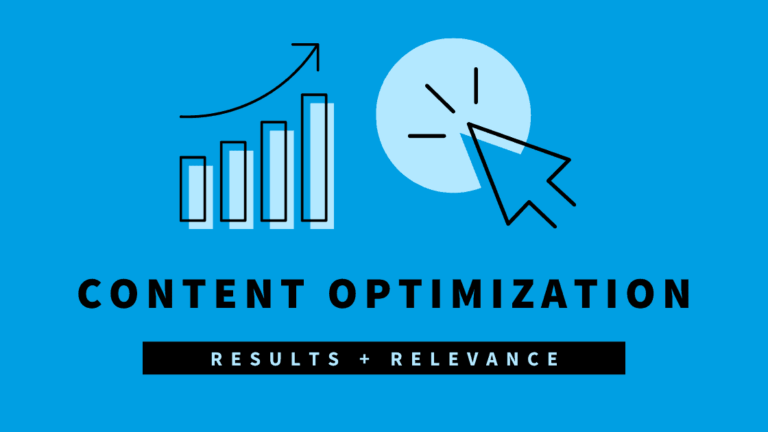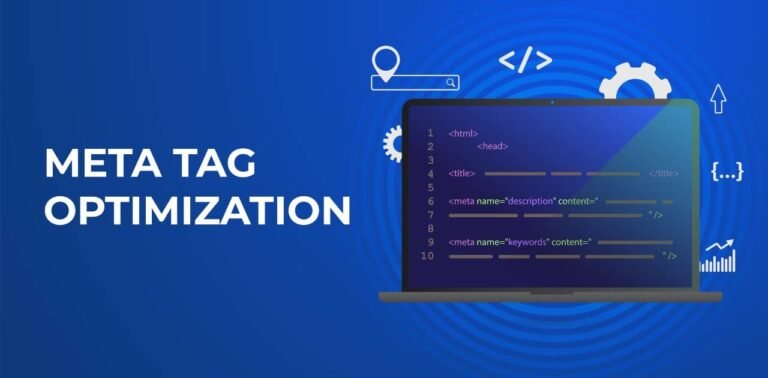In today’s fast-paced digital world, the way we interact with technology is undergoing a transformative shift, with voice search leading the charge. This innovative feature uses the power of speech recognition to redefine our approach to the web, making searching not only faster but also more accessible than ever before. Gone are the days of cumbersome typing and endless scrolling; voice search invites us to simply speak our queries into existence, from the mundane to the complex.
Voice search leverages advanced speech recognition technology to understand and process user queries. This allows for seamless interaction with devices, where users can dictate essays on Google Docs, comment on social media, or search for information without ever touching a keyboard. Imagine the simplicity of finding information: a user can activate the search by clicking on a microphone icon and speaking their query, such as “kittens” for general searches, or more specific commands like “Google images kittens” for pictures, or “Wikipedia world war two” for historical information.
What sets voice search apart is not just its ease of use but its integration across a multitude of platforms. It comes pre-loaded with support for a wide array of services including Google, Wikipedia, YouTube, Bing, Yahoo, DuckDuckGo, and Wolfram|Alpha. This ensures that users have immediate access to a broad spectrum of information and services, all available through the simple act of speaking.
The implications of voice search are vast and varied. For one, it democratizes access to information, breaking down barriers for those who may struggle with traditional typing due to disabilities or other limitations. It also streamlines the search process, saving time and making multitasking more feasible. Imagine cooking dinner while simultaneously searching for a recipe or dictating a shopping list—voice search makes this a reality.
Moreover, voice search is shaping the future of SEO and digital marketing. As voice queries become more prevalent, content creators and marketers are adapting their strategies to cater to this new form of search. This includes optimizing for conversational keywords and phrases, as voice searches tend to be more natural and question-based than their typed counterparts.
Conclusion
Voice search represents a significant leap forward in our interaction with technology. It offers a more natural, efficient, and accessible way to access the wealth of information the internet holds. As this technology continues to evolve and integrate into our daily lives, it promises to further revolutionize how we seek out and consume information. The future of search is here, and it speaks your language.
Also, read more at “kiendel.com“








